In the world of traditional Chinese cuisine, few ingredients carry as much cultural significance as mugwort, or Artemisia argyi. This aromatic herb has been used for centuries not only in medicinal practices but also in seasonal delicacies like qingtuan, the vibrant green glutinous rice dumplings that herald the arrival of spring. What many home cooks struggle with, however, is preserving that characteristic emerald hue during preparation – a challenge that has led to generations of kitchen experimentation.
The secret to maintaining qingtuan's vivid coloration lies in an unexpected culinary partnership: mugwort paired with baking soda during the blanching process. This technique, passed down through generations of Jiangnan grandmothers, represents a fascinating intersection of food chemistry and traditional wisdom. When fresh mugwort leaves hit boiling water, chlorophyll – the pigment responsible for its green color – begins breaking down rapidly. The addition of alkaline baking soda to the blanching water creates a chemical environment that helps stabilize these delicate compounds.
Food scientists have since confirmed what traditional cooks knew empirically. The magnesium ion at the center of each chlorophyll molecule is vulnerable to displacement by hydrogen ions in acidic conditions, causing the unsightly olive-brown discoloration familiar to anyone who's overcooked green vegetables. Baking soda's alkalinity protects against this molecular swap while also helping to soften the mugwort's fibrous texture, making it easier to incorporate into the rice dough.
Preparation begins with selecting young mugwort shoots, preferably harvested before the Qingming festival when their flavor is most delicate and their chlorophyll content peaks. After thorough washing to remove any field dust, the leaves undergo a quick but precise blanching – typically 30-45 seconds in water brought to a vigorous boil with about half a teaspoon of baking soda per liter. Immediate shocking in ice water halts the cooking process, locking in both color and freshness.
What makes this technique particularly ingenious is its dual functionality. Beyond color preservation, the alkaline treatment neutralizes some of mugwort's more assertive bitter compounds, resulting in a more balanced flavor profile. This allows the herb's distinctive aromatic qualities – those earthy, camphor-like notes reminiscent of spring meadows – to shine without overwhelming the palate. The processed leaves develop a deeper, more stable green pigment that persists through steaming, giving qingtuan their signature jewel-toned appearance.
Modern variations on the technique have emerged as the dish has gained international popularity. Some chefs advocate for adding a pinch of salt to the blanching water, arguing it helps maintain cell structure integrity. Others swear by a brief soak in cold baking soda solution before blanching. What remains constant is the understanding that this humble combination of herb and alkali unlocks mugwort's full visual potential, transforming what could easily become a murky olive mass into edible jade.
The cultural resonance of this color preservation method speaks volumes about Chinese culinary values. In a tradition where food aesthetics carry deep meaning, the vibrant green of qingtuan represents not just the arrival of spring but the triumph of human ingenuity over nature's fleeting pigments. As these emerald dumplings continue gaining global recognition, the mugwort-baking soda blanching method stands as a testament to how traditional techniques often anticipate scientific understanding – and how the most effective kitchen solutions are sometimes the simplest.
For contemporary cooks attempting qingtuan outside their native culinary context, mastering this blanching technique often proves revelatory. Many Western-trained chefs accustomed to acid-based color preservation in vegetables (like adding vinegar to green beans) find the alkaline approach counterintuitive at first. Yet the results speak for themselves – dumplings that maintain their verdant brilliance not just for the Instagram moment when they're first unwrapped from their bamboo leaves, but throughout their edible lifespan.
As food historians have noted, the use of alkaline substances in Chinese cooking extends far beyond qingtuan preparation. From the lye water in mooncake dough to the potassium carbonate used in noodle-making, there's a long tradition of harnessing pH modification for both functional and aesthetic purposes. The mugwort treatment fits neatly into this lineage, representing another chapter in an ongoing culinary conversation about how we can collaborate with – rather than fight against – the chemical realities of our ingredients.
Perhaps what's most remarkable about this technique is its staying power in an age of industrial food additives. While modern kitchens could easily reach for synthetic color stabilizers, the baking soda method endures because it works with rather than against the natural properties of the ingredient. In an era increasingly concerned with clean-label cooking, this traditional approach offers a blueprint for how we might preserve both our culinary heritage and the authentic appearance of our foods without resorting to laboratory solutions.
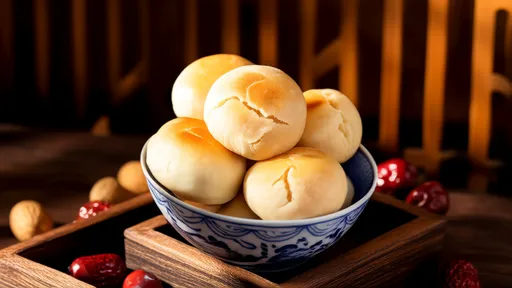
By /Jul 31, 2025
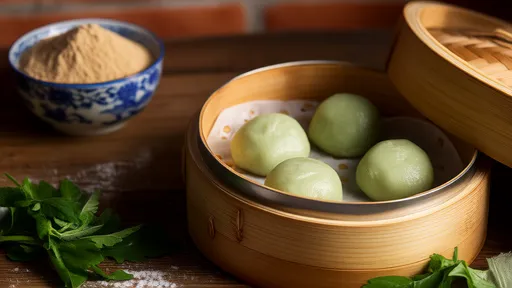
By /Jul 31, 2025
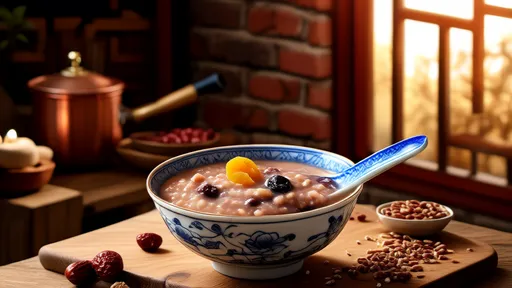
By /Jul 31, 2025
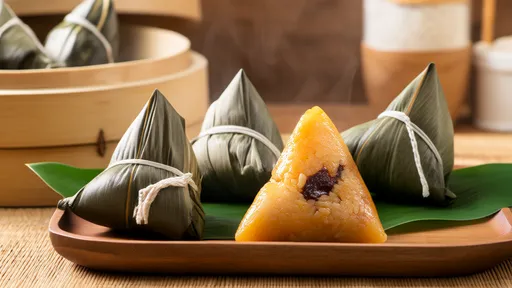
By /Jul 31, 2025
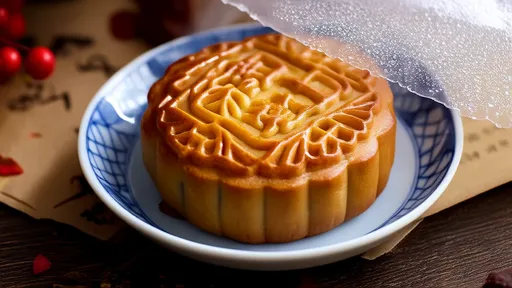
By /Jul 31, 2025
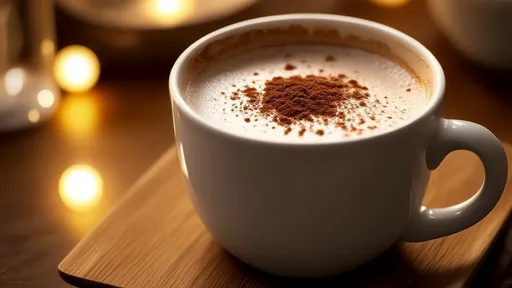
By /Jul 31, 2025

By /Jul 31, 2025
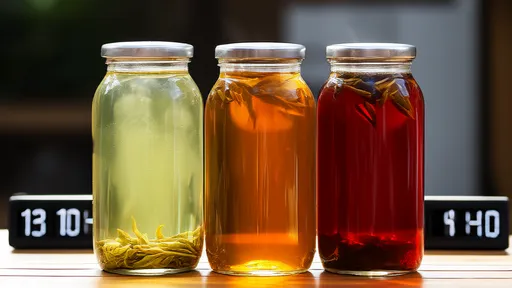
By /Jul 31, 2025
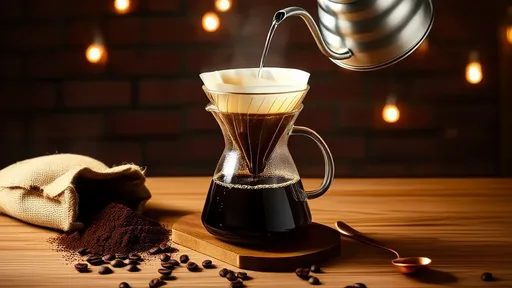
By /Jul 31, 2025
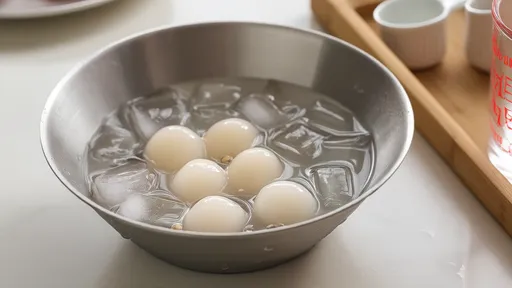
By /Jul 31, 2025
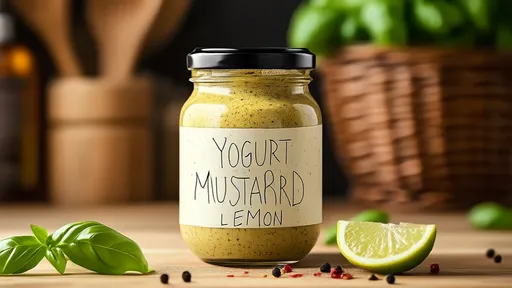
By /Jul 31, 2025
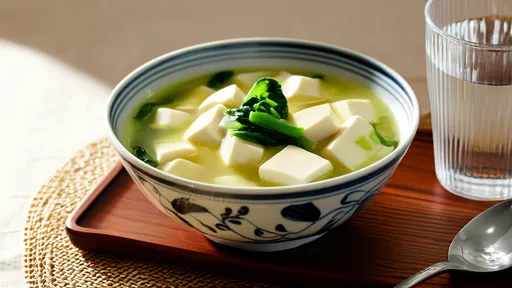
By /Jul 31, 2025
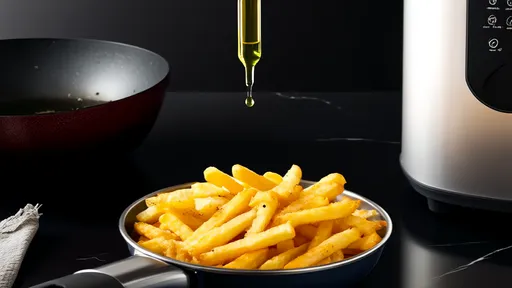
By /Jul 31, 2025
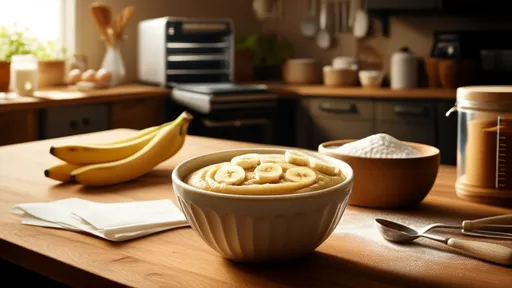
By /Jul 31, 2025
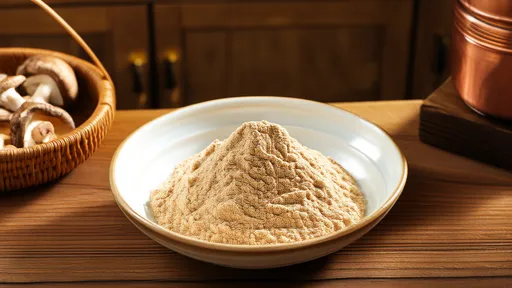
By /Jul 31, 2025
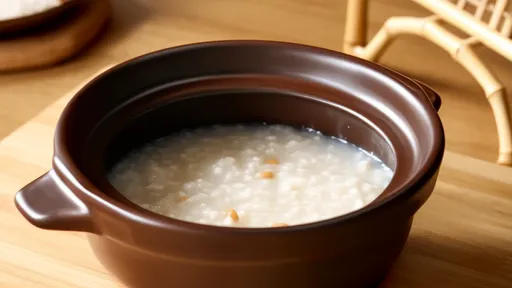
By /Jul 31, 2025
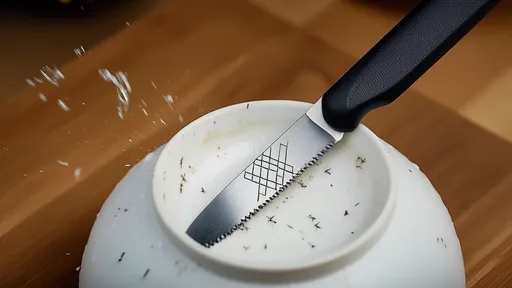
By /Jul 31, 2025
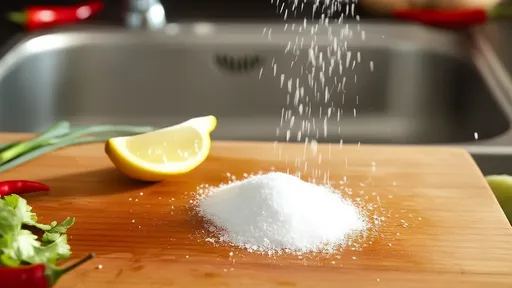
By /Jul 31, 2025
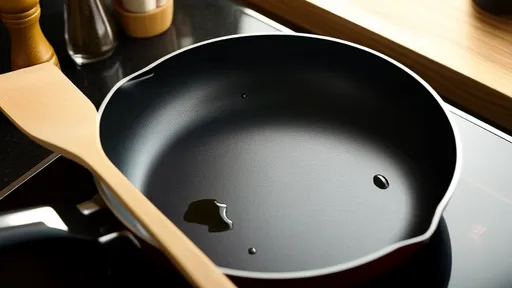
By /Jul 31, 2025
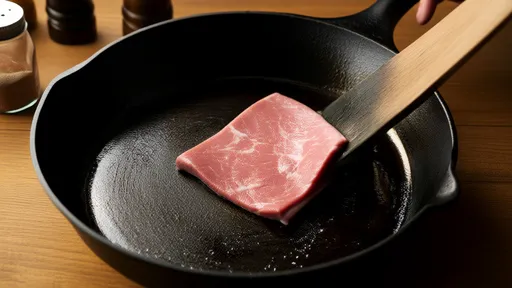
By /Jul 31, 2025